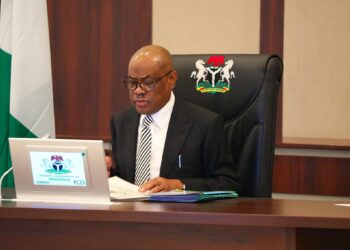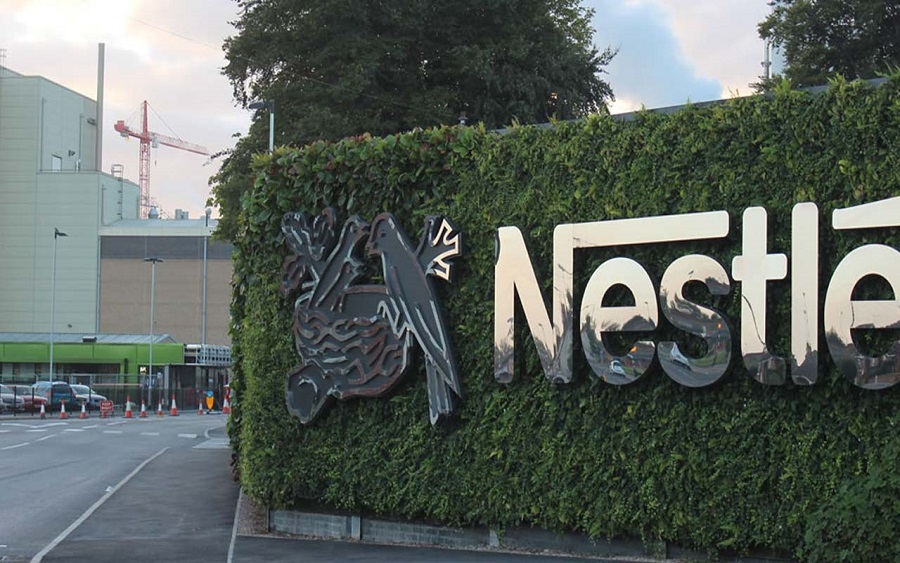Dr Mariya Mahmoud, Minister of State for the Federal Capital Territory (FCT), has inaugurated Cardiopulmonary Resuscitation (CPR) Centres in Abuja.
The initiative, launched alongside the Bring Back to Life (BBL) programme in collaboration with the Nigerian Cardiac Society (NCS), aims to tackle the growing incidence of cardiac arrest in the nation’s capital by training community members to effectively respond to sudden cardiac emergencies.
Mahmoud highlighted the importance of the initiative during the event, stating that the programme also seeks to install Public Access Defibrillators (PAD) in public places with high foot traffic.
She further noted that the Bring Back to Life (BBL) programme will train community members on how to effectively respond to sudden cardiac arrest.
Cardiovascular disease on the rise in Nigeria
According to Mahmoud, cardiovascular disease remains one of the leading causes of morbidity and mortality globally, with the incidence in Nigeria reaching alarming levels. In response, the FCT Administration is committed to improving healthcare infrastructure and enhancing community capacity to respond to cardiac emergencies.
“CPR is a lifesaving technique that can double or triple survival rates in cardiac arrest cases,” Mahmoud said, emphasizing that every minute counts in emergencies. “By empowering communities with CPR skills, we ensure a prompt response and increase chances of survival.”
She commended the Nigerian Cardiac Society for its role in empowering communities and stressed the importance of public-private partnerships in addressing health challenges, in line with President Bola Tinubu’s Renewed Hope Agenda.
A call for healthier lifestyles
The minister urged residents of Abuja and Nigerians at large to adopt healthier lifestyles, including regular physical exercise, reduced calorie and salt intake, and the cessation of smoking and alcohol consumption. “These lifestyle measures are cost-effective ways of reducing cardiovascular diseases,” she added.
BBL programme targets first responders
Dr Akinyemi Aje, Chairman of the Bring Back to Life programme, explained that the CPR centres were established in public spaces as 89% of cardiac arrests occur outside hospitals.
- Aje pointed out that many interventions are often carried out incorrectly by first responders due to a lack of CPR knowledge.
- He expressed concern that, in some cases, witnesses prefer to record incidents on their phones for social media rather than assisting the victim. “Slump and die” cases, he added, can happen anywhere, from the home to the workplace or even during executive meetings.
However, Aje emphasized that “slump and live” is achievable with proper orientation and training. “Each of us, including children, must be ready to learn the steps on how to bring back life after slumping by performing CPR,” he concluded.





















